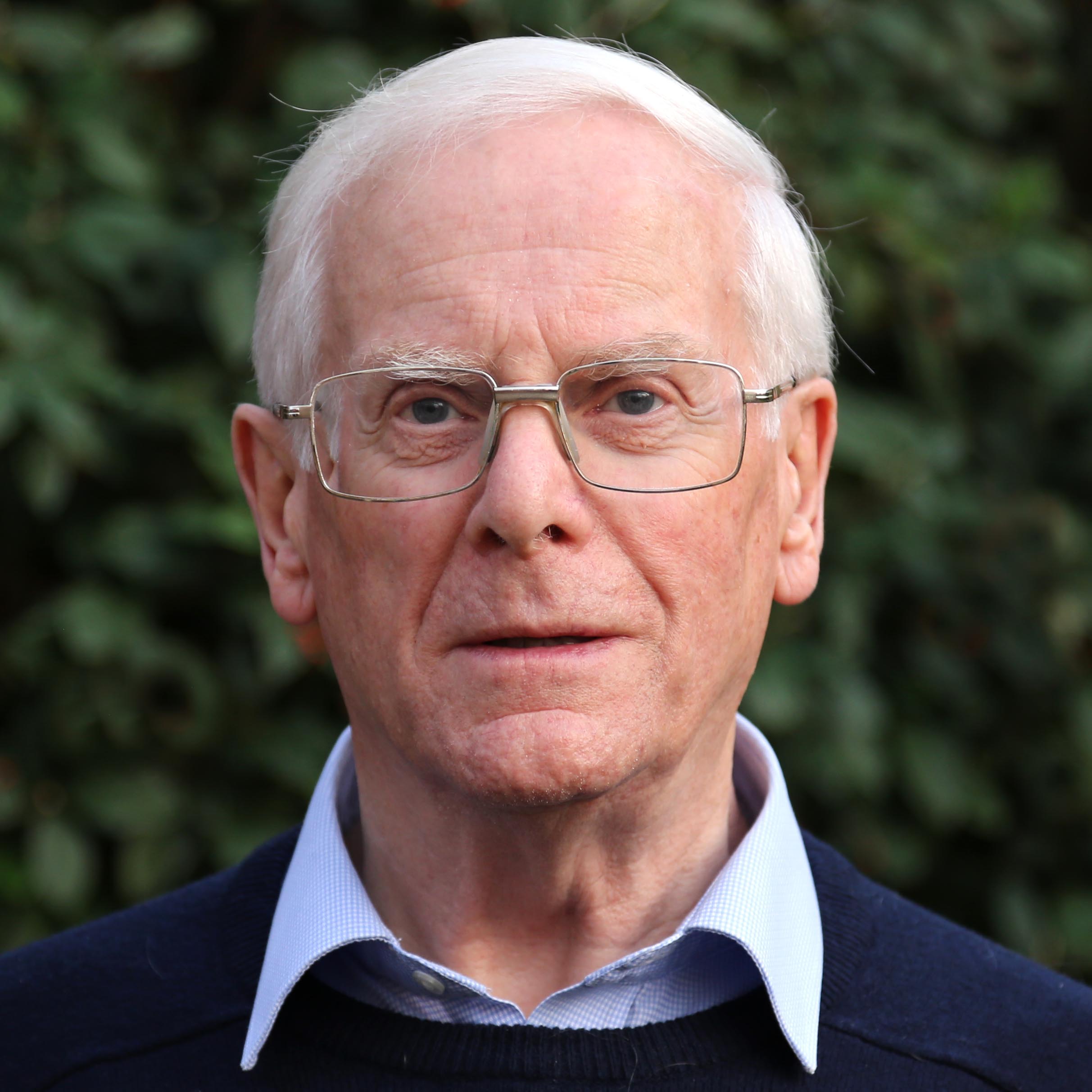Events Calendar
Pulse radiolysis (the radiation-chemical analogue of flash photolysis) revolutionized radiation chemistry 60 years ago, as it enabled visualization of fast reactions in real time, from microseconds to picoseconds. Most experiments involve radiation pulses delivering a few grays in a fraction of a microsecond, very similar to the dose rates now attracting renewed interest in ‘FLASH’ radiobiology. In their experiments, radiation chemists commonly have to address issues of possible depletion of reactive solutes, and especially, radical/radical reactions which often compete with the reaction of interest: both phenomena may be linked to ‘FLASH’ radiobiology. Time is also a key parameter in radiobiology. Thus oxygen needs to be present within about a millisecond of irradiation for it to enhance radiosensitivity. Time and space are both important in characterizing the distribution of radiation damage, the two variables being linked in the physics of diffusion. Chemical kinetics rely on rate constants and concentrations to define reaction timescales, and thousands of rate constants have been measured for reactions of radiation-produced free radicals with biomolecules. However, to exploit this kinetic information and build realistic models for the chemical pathways involved in radiobiological responses, we have both to identify plausible reaction schemes and estimate concentrations of reactants in the cell. Cellular heterogeneity underlines how important space is as the second dimension central to successful modelling.

Short bio
After a PhD in radiation chemistry at the University of Leeds (UK), post-doctoral research at Chalk River Nuclear Laboratories (Canada), and the University of Manchester (UK) he worked for the British Aircraft Corporation modelling stratospheric chemical kinetics for a short period before Ged Adams recruited him to the Gray Laboratory at Mount Vernon Hospital, Northwood (UK) which provided an unequalled multi-disciplinary research environment in radiobiology: he was there for 35 years up to his retirement in 2008. Research work (~ 260 articles) has ranged from studies of the electron trapped on oxide surfaces; the first observation of the solvation dynamics of the electron in polar liquids; chemical properties of hypoxic cell radiosensitizers and hypoxia-selective drugs; many studies of the kinetics and redox properties of free radicals; and the chemistry of free-radical associated oxidative and nitrosative stress in biology. Heading the Cancer Research UK Free Radicals Research Group, he served as Assistant Director/Joint Executive/Deputy Director of the Gray Cancer Institute, which joined the Department of Oncology of the University of Oxford in 2006. He was visiting professor at Brunel University, King's College London, University College London, and the University of Oxford, and has served as Chairman of The Association for Radiation Research, and Councilor for Chemistry in the International Association of Radiation Research and the Radiation Research Society.
